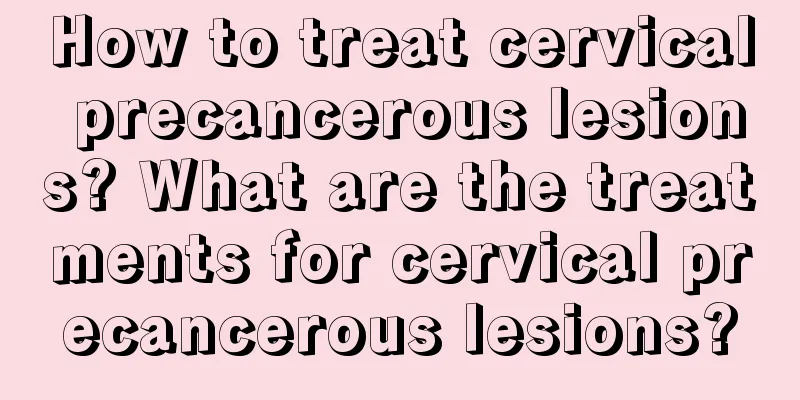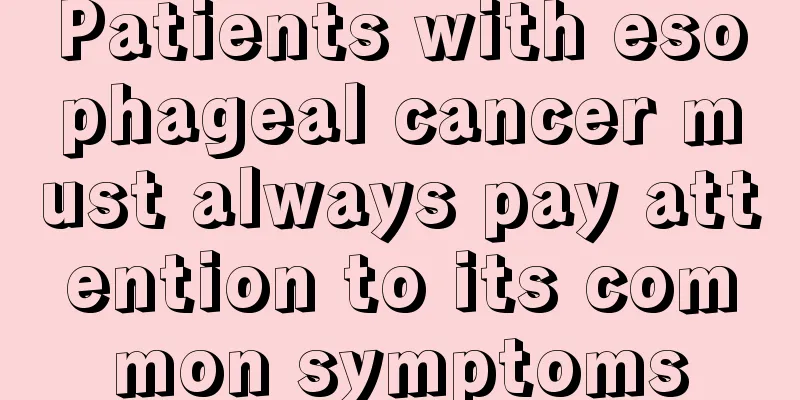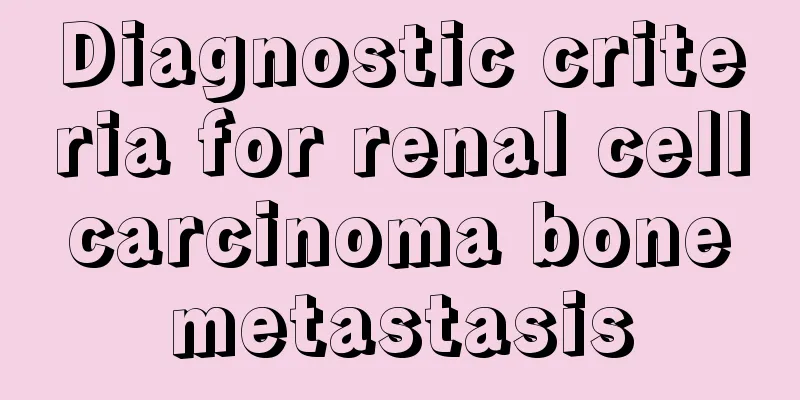How to treat cervical precancerous lesions? What are the treatments for cervical precancerous lesions?

|
After the treatment and recovery of cervical precancerous lesions, many patients ask about some precautions. Here we will analyze in detail several issues that everyone is more concerned about. These include: sexual life problems, follow-up problems, fertility problems, recurrence problems, cervical canal adhesion problems, etc. What are the treatments for cervical precancerous lesions? 1. Surgical treatment The surgery is suitable for early cervical cancer. The scope of the surgery is radical hysterectomy, which means removing the uterus, part of the vagina and paracervical tissue. At the same time, bilateral pelvic lymph nodes should be cleared. Those without ovarian lesions may consider retaining the ovaries. The advantage of cervical cancer surgery is that it can completely remove cancer in early cases and the treatment period is short. The disadvantage is that the scope of the operation is large, and cervical cancer may have complications such as urinary dysfunction to a certain extent after surgery, which requires a period of rest and exercise to return to normal. 2. Radiation therapy Radiotherapy is suitable for all stages of cervical cancer, even advanced cervical cancer. Radiotherapy is a good treatment for the elderly, who have poor heart function and cannot tolerate surgery. But radiotherapy has certain complications, mainly radiation rectal and cystitis, which require active treatment and recovery to slowly recover. 3. Hormone therapy Hormonal therapy for cervical cancer and other cytotoxic anticancer chemotherapy are considered palliative rather than curative. Currently, there are many different progesterone preparations that are most commonly used. Estrogen antagonists are effective for recurrent disease in which the primary tumor is estrogen receptor-positive or when progesterone therapy fails. Issues that require attention in the treatment of cervical precancerous lesions 1. Sexual problems Whether it is cervical physical therapy or lesion excision treatment, patients with CIN need to wait for the cervical wound to heal before having sexual intercourse, which usually takes 2-3 months. HPV positive test does not affect normal sexual life. 2. Fertility issues After CIN treatment, patients should have cervical cytology and colposcopy examinations every 3-6 months. After normal examinations twice a year, they can plan to get pregnant. A small number of patients who have undergone cervical laparotomy may experience infertility, miscarriage, and premature birth. Due to the partial removal of cervical tissue, miscarriage may occur during pregnancy due to cervical insufficiency, and the probability of premature birth is higher than that of ordinary people. Therefore, for those who want to have children, after CIN laparotomy, once the patient becomes pregnant, they should consult an experienced obstetrician and gynecologist to decide whether to take measures such as cervical cerclage to reduce the occurrence of miscarriage and premature birth. 3. Follow-up questions After treatment, CIN patients can be followed up with cytology and colposcopy at intervals of 3-6 months. For those with positive HPV-DNA, HPV should be re-tested after 6-12 months. 4. Recurrence problem The likelihood of cervical cancer after CIN treatment is 4-5 times higher than that of normal people, so patients who are recommended to receive treatment should be followed up for a long time. 5. Cervical adhesions. About 1%-5% of patients will experience adhesion and stenosis of the cervical canal after cervical lesion resection, which may be related to the depth of the resection and infection during wound healing. Patients with cervical canal adhesion may experience menstrual abdominal pain, menstrual retention, and even amenorrhea or affect fertility. Patients should seek medical attention in time, and the doctor will treat according to the specific situation, such as dilating the cervical canal with a cervical dilator. |
<<: What to eat for cervical precancerous lesions? Diet therapy for cervical precancerous lesions
Recommend
What tests are needed to diagnose colorectal cancer
Although the incidence of colorectal cancer is ve...
What to eat on the beginning of spring, spring plate and spring pancake
The Beginning of Spring is the beginning of sprin...
What are the symptoms of hand dislocation
The most obvious symptom of hand dislocation is p...
Is rabies hereditary?
Rabies refers to a disease that is emitted by str...
Six foods that can prevent prostate cancer
Prostate cancer is one of the most common maligna...
How to clean the tea stains on ceramic cups
What should you do when you encounter old dirt th...
Why does thyroid cancer not affect life expectancy? Is thyroid cancer easy to treat?
In traditional concepts, thyroid cancer is a type...
What are the symptoms of advanced lymphoma and how to care for it
What are the symptoms of advanced lymphoma? How s...
Sequelae of prostate cancer resection
The sequelae of prostate cancer resection. For pr...
Are short, wide and flat fingernails related to race?
Everyone's fingernails are different. Althoug...
Why do I feel cold in the middle of the night?
Nearly 1/3 of a person's life is spent sleepi...
When is blood pressure highest in a day?
In modern society, many people suffer from "...
How to quickly get through the milk aversion period
The milk aversion period usually occurs when the ...
Symptoms of Hashimoto's thyroid cancer
Symptoms of Hashimoto's thyroid cancer: Hashi...
Can CT detect bladder cancer?
Bladder cancer can be detected by CT. Regarding y...









